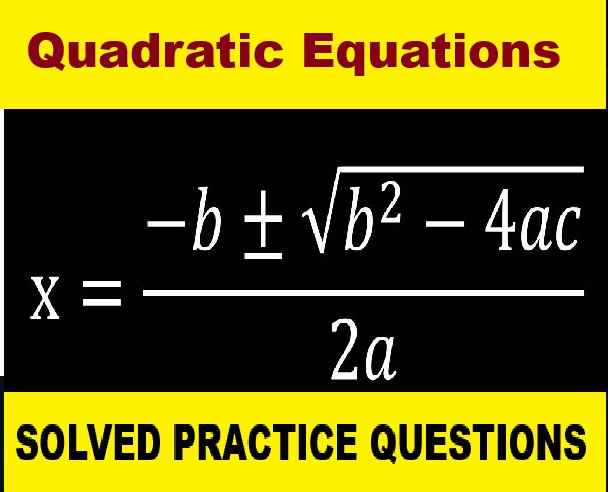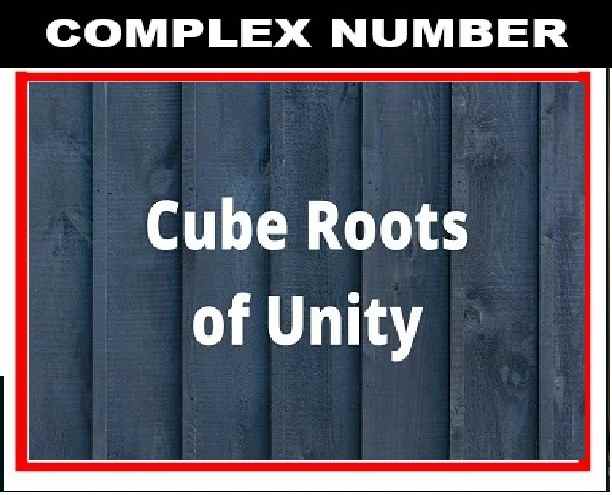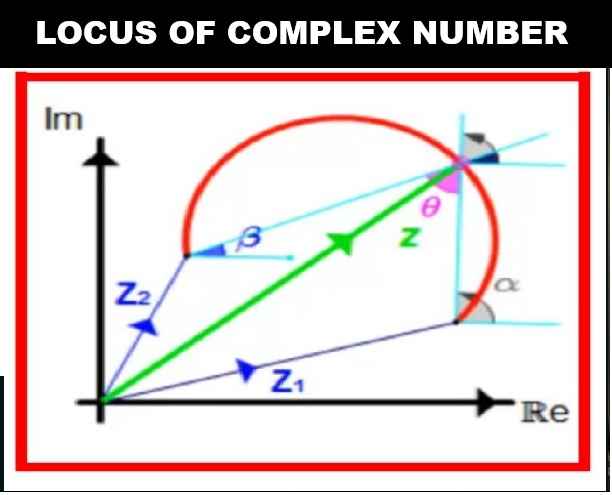The Periodic Table Exe-5B Chemistry Class-9 ICSE Selina Publishers Solutions Chapter-5. Step By Step ICSE Selina Concise Solutions of Chapter-5 The Periodic Table with All Exercise including MCQs, Very Short Answer Type, Short Answer Type, Long Answer Type, Numerical and Structured/Application Questions Solved . Visit official Website CISCE for detail information about ICSE Board Class-9.
The Periodic Table Exe-5B Chemistry Class-9 ICSE Concise Selina Publishers
| Board | ICSE |
| Publications | Selina Publication |
| Subject | Chemistry |
| Class | 9th |
| Chapter-5 | The Periodic Table |
| Book Name | Concise |
| Topics | Solution of Exercise – 5B |
| Academic Session | 2023-2024 |
B. Exercise – 5B
The Periodic Table Class-9 Chemistry Concise Solutions
Page-94
Question 1.
(a) State the modern periodic law.
(b) How many periods and groups are there in the modern periodic table?
Answer:
(a) Modern periodic law: The physical and chemical properties of all elements are a periodic function of their atomic numbers.
(b) Eighteen groups and seven periods
Question 2.
What is the main characteristic of the last elements in the periods of a periodic table? What is the general name of such elements?
Answer:
Last elements of each period have their outermost shell complete, i.e. 2 or 8 electrons.
The general name is inert gases or noble gases.
Question 3.
What is meant in the periodic table by? :
(a) a group, and
(b) a period ?
Answer:
(a) Vertical columns in a periodic table which have the same number of valence electrons and similar chemical properties are called a group.
(b) In a periodic table, elements are arranged in the order of increasing atomic numbers in horizontal rows called periods.
Question 4.
From the standpoint of atomic structure, what determines which elements will be the first and which the last in a period of the periodic table?
Answer:
Atomic number determines which element will be the first and which will be the last in a period of the periodic table.
Question 5.
(a)What are the following groups known as?
- Group 1
- Group 17
- Group 18
(b) Name two elements of each group.
Answer:
(a)
Group 1 is known as the alkali metals.
Group 17 is known as the halogens.
Group 18 is known as the transition elements.
(b)
Group 1: Lithium (Li), Sodium (Na)
Group 17: Chlorine (Cl), Iodine (I)
Group 18: Helium (He), Neon (Ne)
Question 6.
What is the number of elements in the:
(a)1st period, and
(b) 3rd period, of the modern periodic table ?
Answer:
(a) There are two elements in the first period.
(b)There are eight elements in the third period.
Question 7.
How does number of (i) valence electrons (ii) valency; vary on moving from left to right in the second period of a periodic table?
(a) In the second period of a periodic table?
(b) In the third period of a periodic table?
Answer:
(a)
The valence electrons in the same shell (outermost shell) increase progressively by one across the period. The first element hydrogen has one valence electron and helium has two valence electrons.
On moving from left to right in a period, valency increases from 1 to 4, then falls to one and ultimately to zero in the last group.
(b)
Valence electrons in the same shell (outermost shell) increase progressively by one across the period. The first element sodium has one valence electron and magnesium has two valence electrons.
On moving from left to right in the third period, valency increases from 1 to 7 and ultimately to zero in the last group.
Question 8.
How do atomic structures (electron arrangements) change in a period with increase in atomic numbers moving left to right?
Answer:
The size of atoms decreases when moving from left to right in a period. Thus, in a particular period, the alkali metal atoms are the largest and the halogen atoms are the smallest.
Li > Be > B > C > N > O > F
Question 9.
State the criteria used by Mendeleev in proposing his periodic table?
Answer:
The criteria used by Mendeleev in proposing his periodic table was the atomic masses of elements. He classified elements according to Mendeleev’s Periodic Law. Mendeleev’s Periodic Law states that physical and chemical properties of elements are a periodic function of their atomic masses.
Question 10.
How are the positions of Cobalt and Nickel resolved in the Modern periodic table?
Answer:
In Mendeleev’s periodic table, Cobalt with atomic mass 58.9 preceded Nickel with atomic mass 58.6. This anomaly was resolved in Modern periodic table by arranging the elements based on their atomic number instead of atomic mass.
Cobalt with atomic number 27 is placed in group 9 and Nickel with atomic number 28 is placed in group 10 in the Modern periodic table.
Question 11.
Cl35 and Cl37 are two different atoms. Where would they be placed in the periodic table.
Answer:
Since, all isotopes of chlorine i.e., Cl35 and Cl37 have the same number of protons so their atomic number is the same. Hence, they are placed at the same position in the periodic table in group 17, period 3.
Question 12.
An element X has 3 electrons in its M shell. State its position in the periodic table? Name the element.
Answer:
The element having three shells [K, L, M] with three electrons in the valence shell is in group 13 [III A] and period 3. The name of the element is Aluminium.
Question 13.
Name an element that has two shells, each filled completely with electrons. State its position in the periodic table.
Answer:
Neon (Ne), It is placed in the zero group and 2nd period.
Question 14.
Helium is an unreactive gas and neon is a gas of extremely low reactivity. What, if anything, do their atoms have in common.
Answer:
These elements have a full outermost subshell, which results in high stability. They only react with other elements in extreme circumstances.
Question 15.
In which part of a group would you separately expect the elements to have:
(a) the greatest metallic character?
(b) the largest atomic size?
Answer:
(a)The greatest metallic character can be expected at the bottom of the group.
(b)The largest atomic size can be expected at the lower part of the group.
(The Periodic Table Exe-5B Chemistry Class-9 ICSE)
Question 16.
What happens to the number of valence electrons in atoms of elements as we go down a group of the periodic table?
Answer:
Number of valence electrons remain the same as we go down a group.
Example:
| Element | Electronic configuration | valence electron |
|---|---|---|
| Lithium [Li] | [2,1] | 1 |
| Sodium [Na] | [2, 8, 1] | 1 |
| Potassium [K] | [2, 8, 8, 1] | 1 |
Question 17.
Sodium and aluminium have atomic numbers 11 and 13, respectively. They are separated by one element in the periodic table, and have valencies 1 and 3 respectively. Chlorine and potassium are also separated by one element in the periodic table (their atomic numbers being 17 and 19, respectively) and yet both have valency 1. Explain-
Answer :
Na and Al have the capacity to donate an electron due to which the valency is positive, where as Cl and K can only gain or lose one electron due to which their valency is -1 and +1, respectively. This is the only difference between these two.
Question 18.
(a) This question refers to elements of the periodic table with atomic numbers from 3 to 18. In the table below, some elements are shown by letters, even though the letters are not the usual symbols of the elements.
| 3 | 4 | 5 | 6 | 7 | 8 | 9 | 10 |
| A | B | C | D | E | F | G | H |
| 11 | 12 | 13 | 14 | 15 | 16 | 17 | 18 |
| I | J | K | L | M | N | O | P |
Which of these is:
a noble gas?
a halogen?
an alkali metal?
an element with valency 4?
(b) If A combines with F, what would be the formula of the resulting compound?
(c) What is the electronic configuration of G?
Answer:
(a)
H and P are noble gases.
G and O are halogens.
A and I are alkali metals.
D and L have valency 4.
(b) Li2O. A stands for lithium and F stands for oxygen. The valence of lithium is +1 and the valence of O is -2, i.e. A2F.
(c) G has atomic number 9; therefore, its electronic arrangement is 2, 7.
Question 19.
The position of elements A, B, C, D and E in the periodic table are shown below:
| Group 1 | Group 2 | Group 17 | Group 18 |
| D | |||
| B | C | ||
| A | E |
(a) State which are metals, non-metals and noble gas in this table.
(b)State which is most reactive (i) metal (ii) non-metal
(c) Which type of ion will be formed by element A, B and C.?
(d) Which is larger in size (i) D or E (ii) B or C
Answer:
(a)Metals: A and B; Non-metals: C; Noble gases: D and E
(b)Most reactive
(i) Metals: Alkali metals (Group I); Caesium
(ii) Non-metals: Halogens (Group 17); Fluorine
(c) Element A will form a positive ion 1+ (cation).
Element B will form a positive ion 2+ (cation).
Element C will form a negative ion 1– (anion).
(d)
- E
- B
Question 20.
Write the electronic configuration of the element 3517T.
(a) What is the group number of T?
(b) What is the period number of T?
(c) How many valence electrons are there in an atom of T?
(d) What is the valency of T?
(e) Is it a metal or a non-metal?
(f) State number of protons and neutrons in T.
Answer:
(a) The electronic configuration of 3517T is [2, 8, 7](a) Group number of T — VIIA [∵ it has 7 valence electrons]
(b) Period number of T — Third period [∵ it has 3 shells]
(c) Valence electrons — Seven [from electronic configuration]
(d) Valency of T is -1. [∵ it needs to gain one electron to complete its octet]
(e) T is a non-metal [∵ it has a tendency to accept electrons]
(f) Protons = 17, Neutrons = 18
— : End of The Periodic Table Exe-5B Answer Class-9 ICSE Chemistry Solutions :–
Return to Return to Concise Selina ICSE Chemistry Class-9
Thanks
Please share with your friends


